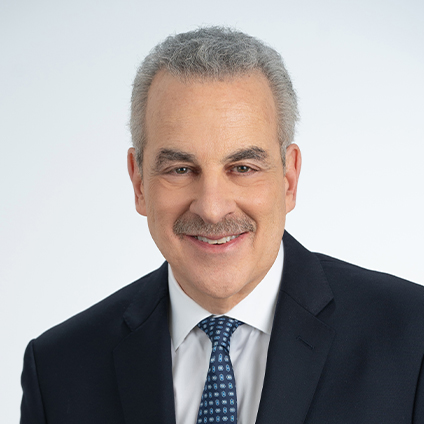Blog
Notes on Newtown and ‘Adam Lanza’s Mother’
Liza Long has written a piece called “I Am Adam Lanza’s Mother” that has gone viral on the Web. Her son has threatened to take her life and to take his own, and has been arrested and hospitalized numerous times. “We still don’t know what’s wrong with Michael,” she writes. “Autism spectrum, ADHD, Oppositional Defiant or Intermittent Explosive Disorder have all been tossed around at various meetings.”
What she does know is that she is afraid in the wake of the Newtown shootings.
I am sharing this story because I am Adam Lanza’s mother. I am Dylan Klebold’s and Eric Harris’s mother. I am James Holmes’s mother. I am Jared Loughner’s mother. I am Seung-Hui Cho’s mother. And these boys—and their mothers—need help. In the wake of another horrific national tragedy, it’s easy to talk about guns. But it’s time to talk about mental illness.
Unfortunately, Liza’s story is not unusual. Some 15 million young people in the U.S. have a psychiatric disorder—and less than half will get any attention. There are three main reasons this public health problem exists: shame and stigma keep families from seeking help early on; institutional barriers limit access to mental health care; and there is not enough research focused on developing innovative, evidence-based treatments.
Liza is involved in the mental health care system, but we know that most parents do not seek help as soon as symptoms appear. Stigma and shame keep families from acting even when their child may be exhibiting alarming behaviors. On average it takes two years before a parent will seek professional help for a child with psychiatric symptoms. If they do get help, they still may not have the full support of their community due to persistent misconceptions about mental illness.
We often place the blame on parents, teachers, the media, or the children themselves. We speculate freely about things like diet or immunizations being contributing factors. But the bottom line is this: we simply don’t treat disorders that occur from the neck up with the same respect, compassion and scientific rigor as disorders that occur in any other part of the body. And we won’t be able to change that until we are able to de-stigmatize psychiatric and learning disorders.
Difficulty getting access to care is another big reason why psychiatric disorders in children and teens often go untreated. Health insurance typically does not cover outpatient psychiatric services, and even when there is coverage, insurance may only pay a fraction of the cost of the services. Access to care is also a problem. There are just 7500 practicing child and adolescent psychiatrists in the whole US—far fewer than are needed. Those who do practice are often forced because of managed care to limit patients to cursory 15-minute medication management visits, ignoring the more time-consuming behavioral treatments and psychosocial interventions that could be highly effective.
Then there is the lack of innovative treatments. Progress is basically at a standstill on the medication side; we haven’t seen a truly new, original drug for childhood psychiatric disorders since Prozac was released in the 1980s. But we also haven’t seen innovation in the way that treatment is delivered.
The standard of care is still the once-a-week outpatient appointment. While that’s convenient for the treating physician, it just doesn’t address the kind of problems that Liza’s son is experiencing. A more flexible, multidisciplinary approach—and one that includes parents—is needed. New and effective psychosocial interventions do exist, but there are too few trained professionals with the skills to provide them.
While mass shootings are rare, the pain of untreated psychiatric disorders is common and the social cost quite steep. These children are more likely to have academic failure, school dropout, use illicit drugs, be a bully and be bullied, and have interactions with the legal system than typical kids.
We are scared of illness we don’t understand. 50 years ago we were afraid of cancer. 25 years ago it was AIDS. Now it’s time to understand mental illness for what it is: disease of the brain. We need to spread the word. We need to start training more professionals on evidenced based psychosocial interventions and treatments, and teach pediatricians, school personnel, and parents about the warning signs and symptoms of psychiatric illness so they feel comfortable getting kids help. And we need more investment in research science so we’re able to identify biological markers of risk, improve diagnosis, and test whether treatments are effective by tracking real changes in the brain.
Yes, these solutions aren’t easy and they are expensive. But talking about children’s mental health is doable, developing new treatments is essential, and research science is critical if we want our children to have healthy, enjoyable, and productive lives. And if we want to give Liza Long and her family the answers they need.

